During my one month’s stay in Kilifi, Kenya I had an opportunity to engage myself deeply with the regional dance scene. Together with the Simba Wanga group – the most known dance group of the coastal region – and five Pwani University students, I was preparing a show for the Duos Festival. The performance was a practical way to learn about the dance scene: to observe the perception of dance within the local culture, its role within the society, and the ways it is transmitted and developed.
Simba Wanga is a dance group, one of the few remaining, cultivating the tradition of the Griama tribe. The group consists of 11 dancers and a couple of apprentices, who take on the choreographies. The performers are cross-generational, treating dancing as one of the many jobs they do; they are fishermen, weavers, some of them run small businesses, e.g., a Mnazi bar.
Dance is usually prepared for tourists, or presented on special village occasions, e.g., funerals. When performed for tourists, dances are brought to the big coastal hotels, or to private events, as concerts or as part of an evening of entertainment. They are also presented on the private grounds of the Seahorse village, where the tourists from the neighboring Backpackers Lodge or the Tribal Bandas are invited for an evening with music, dance, singing, and traditional food. These self-organized events are an opportunity to preserve the culture, as well as to earn money and support the community. The dancers highly value this kind of work: they enjoy it, and they appreciate the financial support obtained.
Dances are also performed during the village gatherings, e.g., during the funerals. Then different groups of artists gather and dance in a big open field, creating versatile spaces with different rhythms, songs and movements. Then dances become a truly bonding experience. Many of the villagers know the moves and join the choreographies. They pick up the steps, they pick up the tunes, and they allow the flow of music to connect them.
The traditional Griama dance has simple, repetitive steps, which can be easily taken on, whether by dancers, co-villagers, or by tourists. They are energetic, alive, and inviting. They connect music (singing and drumming) with movement, encouraging everyone to join. Traditional dance shows are prepared in order to transmit the cultural heritage to the community, to tell the important stories about ancestors or meaningful historical figures. They are both educational and fun, but the educational aspect seems to be of high importance. When performed for tourists, they are also meant to transmit the culture. Songs and dances are ambassadors of Kenyan traditions, explaining how corn is ground, how Mekatilili fought the white man, and how Mepoho foresaw the colonization.
These stories are told through movement or explained through words. Simba Wanga tells stories for the “regular” audience to understand the dance. They emphasize the importance of storytelling to keep the attention of the observer with the actual dance. If one knows that the spirit of Mepoho is met at the Baobab tree and brought back into the community, they can follow the rest of the show more easily. They flow with the tale, and they become part of the story. As the spirit dance through which Mepoho dreamt the future is performed, spectators become part of it. They participate in it by being present to Simba Wanga’s singing and dancing, and by knowing where in the story they are.
Traditional dance groups still exist in the villages. I met two: Simba Wanga and Saporo, two very different organization. Their visibility and efficiency depend on the charisma of their leaders.
Simba Wanga is led by Juma Chengo, a younger, business-oriented man, who is vigorously organizing ever-innovative ways to employ Simba Wanga, and to develop further dances. He is the engine of the group. Without such a leader it is challenging to continue rehearsing. Dancers live far away from each other, and they need money to gather and to practice. They come from impoverished neighborhoods, and thus without payment they cannot really continue the work. The Duos Festival gave them the opportunity to organize themselves and become officially recognized by the local Government. Now, as an official organization, they can apply for money, for state and international funding.
In contrast, Saporo is a village group that meets more informally, for practice, for gathering and being together. Their performances are great, yet they seem to be missing a leader to get their work out into the open. Not only is money a challenge, but also language. Many of the dancers speak only Griama, no Swahili and no English. The language barrier becomes a challenge that cuts them off from the possibilities of organizing events themselves, to promote the work, or to reach to other audiences.
Lack of organization, lack of continuity of support, and lack of access to public funding is what keeps the traditional dance groups on the verge of extinction. Their way of generating money resides in one-time events, one-time evening programs for tourists. They are not taught to make long-term plans. They have no understanding of how the money could come from the governmental or international sources. They recognize the value of their dances, yet they had not established a connection with the local authorities to support their knowledge.
Because of the financial situation, dancers had no chance to receive formal education. The discrepancy between how they operate and how the younger generation functions is vast. Cut away from the mediatized society, the older generation dances on the margins, without opportunity to become truly visible.
The five Pwani University students who joined the project dance within the Pwani University dance group, which is self-organized by the students. There is no possibility to study dance in Kilifi. All the students that took part in the exchange studied other subjects, e.g., biotechnology or tourism. And yet, all of them are highly trained, mainly in dance hall and hip hop. They have an incredible sense of rhythm, ease with their bodies, eagerness to work, and curiosity to explore.
They meet every day to rehearse. They learn from each other, and from youtube, instagram, and tiktok videos. They expand their knowledge and prepare thematic choreographies. These dances are to be performed during commercial events, competitions, or for music videos. As explained by one of the participants: to be asked to make a choreography for a newly released song is the best opportunity to be seen, and to receive money.
In the younger community dance is a way to gather, spend time together, exchange and grow, and to show yourself. Each of the students has their own youtube channel, instagram account, where they regularly post videos and their new choreographies. They are mainly hip hop or dancehall based. Dance is to be codified into a product that can be shown, shared, or sold.
I haven’t met any contemporary dance, conceptual dance, improvisation, nor any form of thinking about dance beyond its commercial and entertaining function. Dance is mainly seen as a commodity by younger people.
Due to the lack of presence of choreography and dance in higher education, other ways of thinking about dance are not introduced. It is a great shame, because the Kenyan coastal area has such a powerful tradition, which could be a great source of knowledge for younger generations. It is a unique combination of rhythms and movements: drumming, singing, and dancing. It includes social dancing and performs an important communal role. It carries traditional meanings and informs younger people about their roots. In the “doing” of dance, learning of the culture is enveloped.
For example, in Europe we have different schemes of including dance in educational curriculums. In Germany – where I work as a choreographer and a contemporary dancer – there is a long tradition of introducing dance in higher education. There are schools focused on developing various dance techniques and training exceptional performers. There are universities, where the discourse around dance is broadened, dance theory discussed, and new theory built upon recent choreographic researchers. Students are learning how to compose critical choreographies and apply dance as a tool for a social change. There are institutions which focus on dance and choreography for State Theaters, addressing bigger productions and bigger casts. There are various specializations which are a result of a longer tradition of recognizing and assuring the value of dance. When dance is recognized, supported, funded, and shown, the discourse around it can grow.
This kind of approach allows also for various dance genres to exist next to each other and inform one other. For example, hip hop or break dance becomes present in the contemporary dance. Contemporary dance enters museums and galleries and is used in films. There are dance films created, especially for dance audiences, where also somatic practices are explored and widely used. Somatic practices, meditation, mindfulness, fascia work become of philosophers’ interest. Dance is used in therapy, in the coaching world and in corporate environment. Dance, when truly acknowledged, is seen as a potent branch of creative work, health development, and well-being.
Each European country has their own specificity in the way they understand and practice dance. There are many different techniques and different approaches, each of them underlining the national, regional and generational perspectives. It is important to understand that dance in Europe is versatile, and its versatility rests in its specificity. Therefore, it is so crucial for Kenyan artists to enhance and foster their unique perspective.
Unfortunately, Kenyan people interested in dance can reach more easily to American or international influences than to their local articulations. It is harder for them to connect to the vast knowledge of their own culture, because this culture is hidden in the villages, and not vastly represented on the internet. Having access to actual village dancers is a great resource that may let the culture live on and develop a uniquely coastal way of choreographing.

